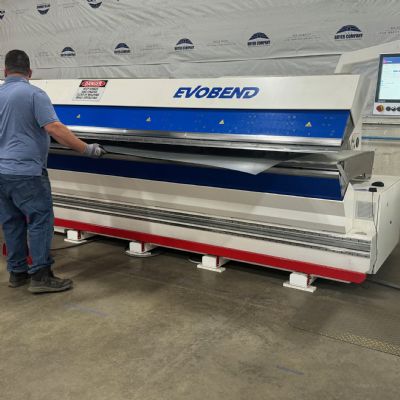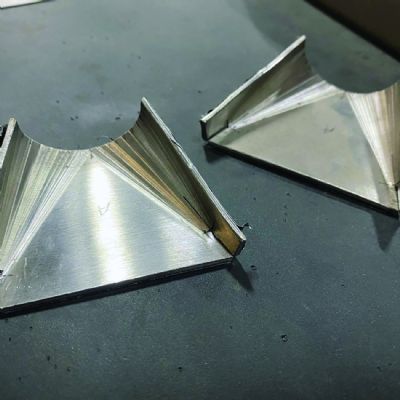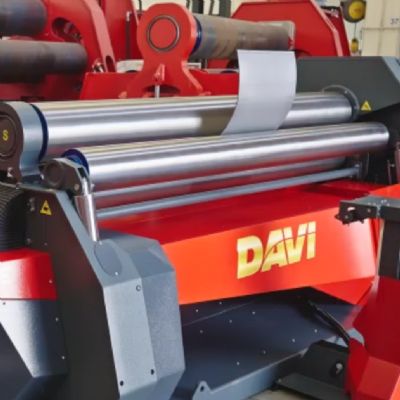Manufacturing Can't Prosper via Instant Gratification
November 1, 2007Comments
Hard work pays off. It als did, and it als will. Take the easy out and expect others to pick up your slack, and you will be bitten.
During much of the ’90s and continuing into the new century, taking the easy out lured many U.S. manufacturers down a beaten and, unfortunately, one- path to nowhere when off-shoring and outsourcing rose as prominent means to squeezing profits from already flawed companies. Alternatively, companies that resisted the temptation to outsource and instead invested within now are finding, at least in my recent journeys, that the best to compete is based on the development of unique value-added offerings—now the favored strategy among so many in the metalforming arena.
Specifically, metalformers that can offer high-end die-design, engineering and die-build expertise, to help stampers improve product designs, save material and improve quality, among other benefits, have a leg up on the rest. This is not to say that sourcing tooling, domestically or globally, does not offer benefits. Of course it does. But to the point: Metalformers that bring die engineering and manufacturing expertise to the table offer a menu that’s tough to beat.
Two cases in point receive the spotlight in this issue. Cover model and incoming PMA Chairman Ralph Hardt, president of Feintool North America, told me during our interview that “stampers have to be able to do much more than just build parts to print. They have to exhibit technical leadership and innovation.” In the case of Feintool, innovation is exemplified by dedication to tool and die engineering and prototyping.








